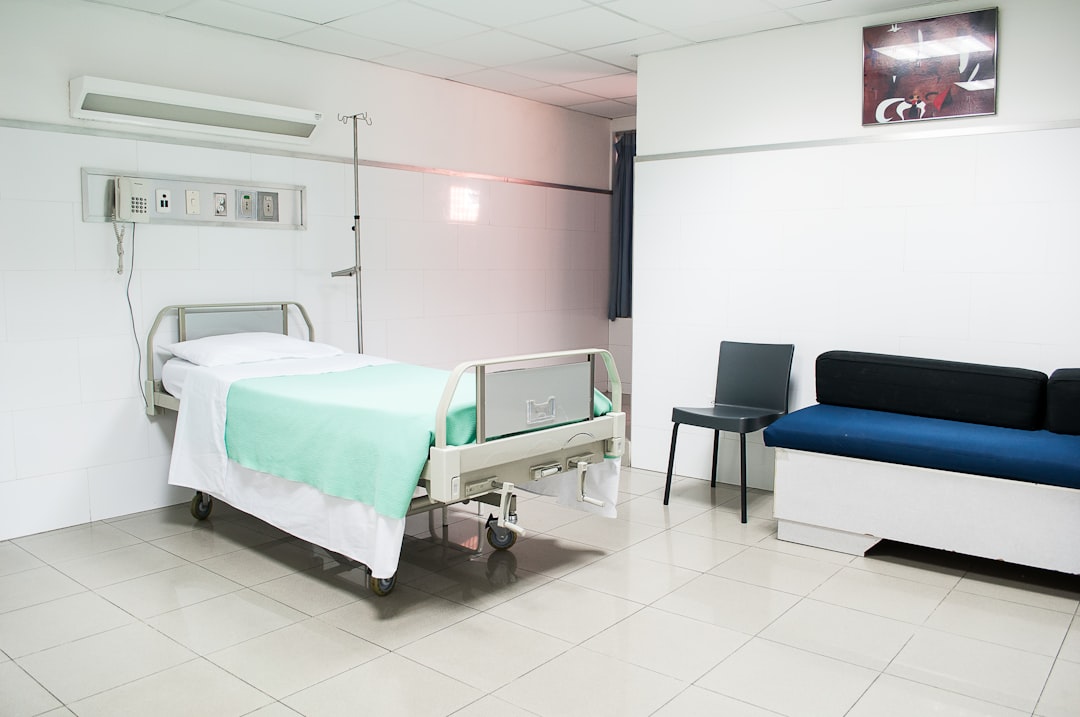In recent years, the concept of transportable building installation has gained significant traction as a flexible and efficient solution for various construction needs. These structures, often referred to as modular or portable buildings, offer numerous advantages in terms of speed, cost-effectiveness, and sustainability. As urbanisation continues to rise, the demand for adaptable construction solutions becomes increasingly critical.
Transportable buildings are pre-fabricated structures that can be easily moved and assembled on-site. They are designed to be versatile, catering to diverse applications such as classrooms, offices, healthcare facilities, and even residential spaces. The construction process involves manufacturing components off-site in a controlled environment, which not only reduces construction time but also minimises waste and environmental impact. This method contrasts with traditional construction, which can be time-consuming and resource-intensive.
One of the primary benefits of transportable building installation is its rapid deployment capability. In situations where time is of the essence, such as disaster relief or temporary accommodation, transportable buildings provide a quick and effective solution. The off-site manufacturing process allows for the simultaneous preparation of the site and construction of the building components, significantly reducing the overall project timeline.
Moreover, transportable buildings offer a high degree of customisation. They can be tailored to meet specific requirements, whether it’s the layout, design, or functionality. This flexibility is particularly advantageous in industries where space needs can change rapidly. For instance, schools experiencing an influx of students can quickly expand their facilities without the lengthy process of traditional construction.
Sustainability is another key advantage of transportable buildings. The controlled manufacturing environment ensures better quality control and reduces material wastage. Additionally, many transportable structures are designed with energy-efficient materials and systems, contributing to lower operational costs and a reduced carbon footprint. As environmental concerns continue to mount, the construction industry is increasingly looking for greener alternatives, making transportable buildings an attractive option.
The installation process itself is straightforward and efficient. Once the components are transported to the site, they are assembled with precision, ensuring a seamless integration. This method reduces the disruption to the surrounding environment and community, as there is less noise and on-site activity compared to conventional construction projects.
For those interested in exploring the potential of transportable building installation, it is essential to partner with experienced providers who understand the intricacies of modular construction. Such providers can guide you through the process, from design and planning to final assembly, ensuring that the project meets your specific needs and standards.
As the construction industry evolves, the role of transportable buildings is set to expand. The ability to quickly adapt to changing demands and environmental conditions makes them a valuable asset in a rapidly changing world. For businesses and organisations looking to optimise their space efficiently and sustainably, transportable buildings offer an innovative solution.
In conclusion, transportable building installation represents a forward-thinking approach to modern construction challenges. By embracing this method, developers and organisations can benefit from reduced costs, faster project completion, and a lower environmental impact. For more information on how these structures can be tailored to your needs, consider visiting a resource such as NextGen Building Solutions, which provides a comprehensive overview of the possibilities and benefits of modular construction.








